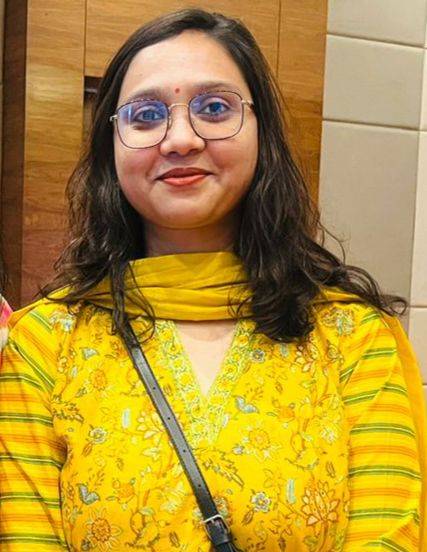Seasonal Trends in Patient Visits and Common Ocular Site of Abnormalities: A Study from a Tertiary Eye Hospital in Western Uttar Pradesh, India
Downloads
Issue
Section
License
Copyright (c) 2024 Md Mosaib Omaer, Parivish Husain

This work is licensed under a Creative Commons Attribution 4.0 International License.
© Author, Open Access. This article is licensed under a CC Attribution 4.0 License, which permits use, sharing, adaptation, distribution and reproduction in any medium or format, as long as you give appropriate credit to the original author(s) and the source, provide a link to the Creative Commons licence, and indicate if changes were made. The images or other third party material in this article are included in the article’s Creative Commons licence, unless indicated otherwise in a credit line to the material. If material is not included in the article’s Creative Commons licence and your intended use is not permitted by statutory regulation or exceeds the permitted use, you will need to obtain permission directly from the copyright holder. To view a copy of this licence, visit https://creativecommons.org/licenses/byncsa/4.0/.
AIM: To assess the seasonal pattern of patients' presentation at the tertiary eye hospital and leading sites of ocular abnormality. METHODS: This was a retrospective descriptive observational study. The medical records of 1200 patients were reviewed. Only the first-time visiting patients were included in this study. Patients were categorized into paying and non-paying groups to determine the prevalence of visual impairment (VI) in both groups. VI was categorized according to WHO VI categories. Seasons were classified using seasonal classification by Indian Metrological Department. RESULT: Of the patients, 487 (50.2%) were males, and 483 (49.8%) were females. The abnormal anatomical site with maximum frequency for the right eye was the lens (451, 46.6%), followed by the refractive error (182, 18.8%), cornea (53, 5.5%), and conjunctiva (49, 5%), and a similar pattern was observed in the left eye. The majority of the patients (610, 62.9%) had no VI. The monsoon season has the highest footfall (319, 32.9%). CONCLUSION: A significant number of patients who visited eye hospitals had different grades of VI. The cataract and refractive errors are the leading causes of visual impairment. The monsoon season has maximum patient footfall. The findings of this study will help improve patient care process management in eye hospitals.Abstract
How to Cite
Downloads






